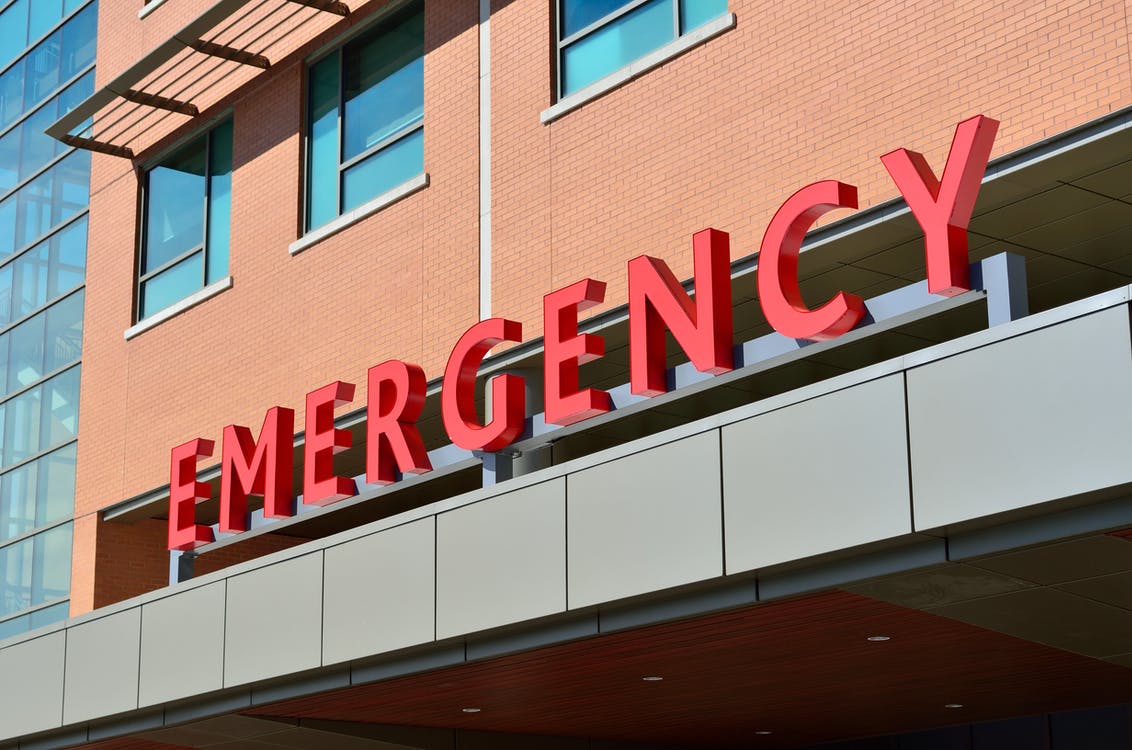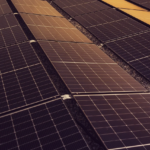
All clinics and hospitals must know how to dispose of medical waste without endangering the environment. To do that, a medical facility needs to have a waste management system in place that adheres to all current safety and environmental regulations. This requires a lot of care and attention from staff and hospital management, but thanks to new modern methods, this process can be made somewhat easier.
All in all, these are the basics a hospital needs to follow for safe medical waste disposal:
What happens BEFORE medical waste disposal? This is what hospitals need to look out for
Medical waste disposal is a hazardous activity, and hospital staff always need to make sure they are wearing appropriate equipment when handling any potentially infectious material left over from the treatment of patients.
Medical waste needs to be collected and properly segregated to facilitate storage, transportation, and ensure that each type of medical waste is disposed of with the correct method when the waste arrives at its final disposal site. To make segregation easier, hospitals use color-coded containers.
Examples include:
- Yellow for chemotherapy waste
- Red for sharps and other infectious medical waste like items contaminated by blood
- Blue for pharma waste like pills and expired drugs, vaccines
- Black for hazardous medical waste like chemicals
Once this step is done, all containers need to be stored in an area closed off to the general public, until they can be transported away by a licensed company specializing in the removal of medical waste.
Medical waste disposal methods used by hospitals
If a hospital chooses to handle medical waste disposal offsite, then the waste removal company will transport the containers away to a landfill where the waste will be destroyed. One of the most popular ways to do that is by incineration, as it completely destroys most types of biomedical waste. The effectiveness of the method is unquestionable, but there are already more sustainable and cost-effective medical waste disposal solutions available for hospitals.
The onsite disposal of medical waste has many benefits for hospitals. Since the waste can be treated right away, it greatly reduces any risk of infection at the site of the facility, since after treatment, the waste can be thrown away like regular trash, and does not require any special safety measures for storage and transportation. This also allows the hospital to save on transportation costs.
Currently, one of the most popular onsite medical waste disposal methods is autoclaving. Autoclaves allow hospitals to sterilize their waste with high-temperature and high-pressure steam that can even kill heat-resistant bacteria. They are much easier to handle than incinerators, less costly, and do not emit any harmful substances or bad odors. They are also flexible in size and are present in smaller and bigger medical facilities as well.
Some models combine steam sterilization with shredding to be able to handle the more dangerous types of infectious medical waste, such as sharps waste, and can even greatly reduce the volume of the waste through rendering.



